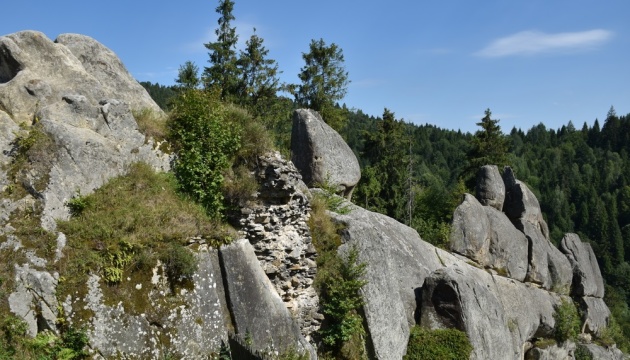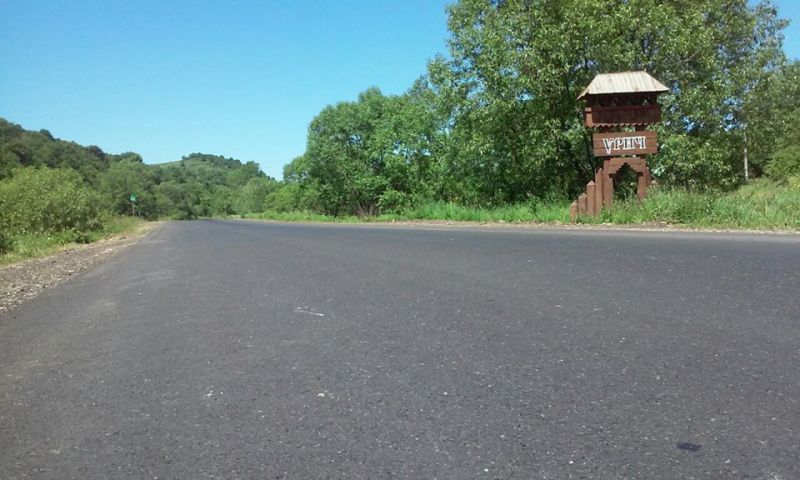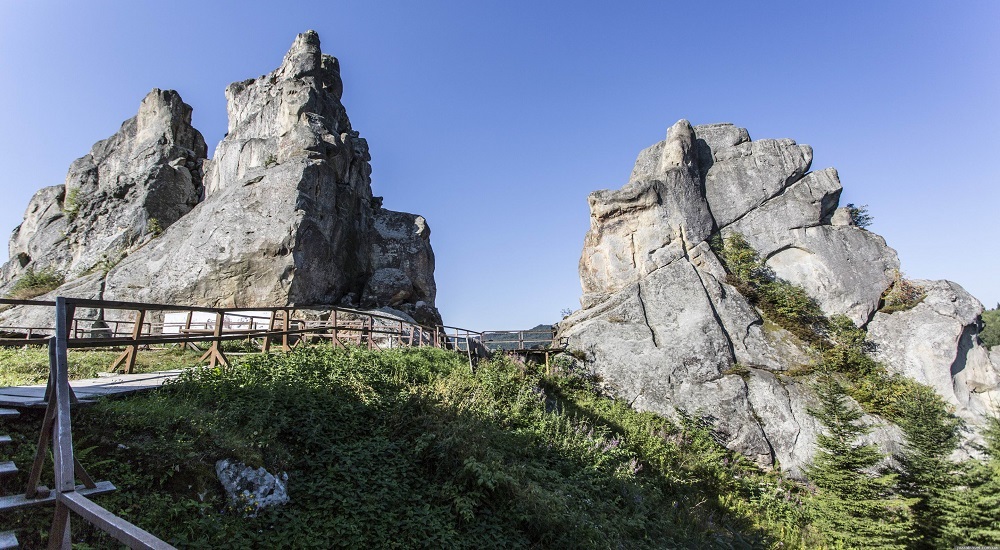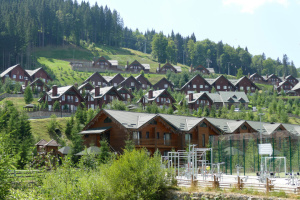
Travel for Cause — Lviv Tourism Guide. Part 2
The chief editor of the Pakistani news agency Dispatch News Desk (DND), Agha Iqrar Haroon, has written an article about his trip to Lviv region. The article is divided into several parts. To read part 1, follow the link.
Tustan Fortress is now stands alone far away from attention of people but it was a significant route and an important defence line and a custom point during 9th century.
Situated in Ukrainian Carpathians (Eastern Beskids), in the Skole district of the Lviv oblast (province), near the village of Urych, southwards from the town of Boryslav and to the southern-east from the village of Skhidnytsia, it takes around 3 hours from Lviv city to reach this unique Fortress by taxi. Surrounded by Pidhorodtsi Forest, it is worth place to travel out from Lviv for one-day excursion.

Urych is located in the valley of the ridges and rock formations and ridges played a pivotal role to protect this region from intruders but Mongols and Tatars ransacked and ruined this place during their raids in today’s Western Ukraine.
Skole is district centre and last place to buy anything if you wish before reaching the Fortress. Urych villages is around 42 kilometres from Skole.
According to available data, the territory of Tustan was populated by tribes of White Croats during 9th century. This territory which is situated in the basin of the San River, the Upper and Middle Dnister, and the Upper Prut River was conquered by the Kyivan Rus Prince Volodymyr Sviatoslavych in 10th century and became a part of Kyivan Rus. In the mid-12th century, Tustan became part of the Peremyshl Principality and got importance as main regional border center between the Galician-Volynian Principality and Hungary, and after former became part of the Kingdom of Poland — between the Kingdom of Poland and Hungary.

Polish history indicates that King Kazimierz (Casimir III the Great) took over the whole Kievan Rus including Tustan Fortress during 14th century. History also indicates that King Casimir rebuilt this Fortress which lasted until XVI century but by 1565 the fortress lost the role of custom post and was abandoned thereafter.
If you have time you can find several petroglyphs (image created by removing part of a rock surface by incising, picking, carving, or abrading, as a form of Rock Art) including the most popular “signs of sun” – in rocks of this region.
It is pertinent to mention Tustan Fortress was attacked by Mongols and Tatars in 1241 and it was ruined by them.
Architect of Fortress is unique as wooden building was erected on rocks like Altit Fort and Baltit Fort in Hunza Pakistan and archeological excavation indicates that White Huns in 47 A.D laid foundation of Altit Fort and latest shape of Altit Fort was of 9th century.
Tustan was also constructed within rocks like Altit and Baltit forts but usage of wood in this Fortress is over 90 percent therefore it is unique design comparing to Altit and Baltit forts. The cliff-side city and fortress of Tustan has a special place in wooden construction of the Middle Ages. Rock formations were smartly used by builders and defence lines. Gaps between rocks were closed with wooden walls, preventing any approaches to the fortress. Special cuts – grooves and hollows – were made in rock surfaces to secure log structures. Those traces allow recreating the appearance of the fortress during the 9th–16th centuries.
Tustan Fortress was built in several stages (Like Altit and Baltit forts); and grew taller. In the 13th century, during the period of its heyday, the fortress embraced all possible galleries and terraces from the very bottom to the top. The height of the complete construction in the courtyard reached five storeys, each 3.5–4.0 m tall, which is a sign of a very advanced level of construction technology.
Local people informed me that every year a Knight Festival with medieval fights takes place near village Urych which offers thematic music, local food and cultural dances but I did not find dates of such festival otherwise I could share with my readers.
Do not miss Saint Nicholas Church in the village of Urych before you leave. This Church is another historical wooden structure. It was constructed on the place of the old church of the 16th century. I suggest travelers to leave Lviv city early morning (around 5 am) to reach Tustan Fortress (around 8 am) then travelers can have almost eight hours to explore these rocks and Fortress and leave by 4 pm for Lviv city. Best weather is summer to visit this place.




